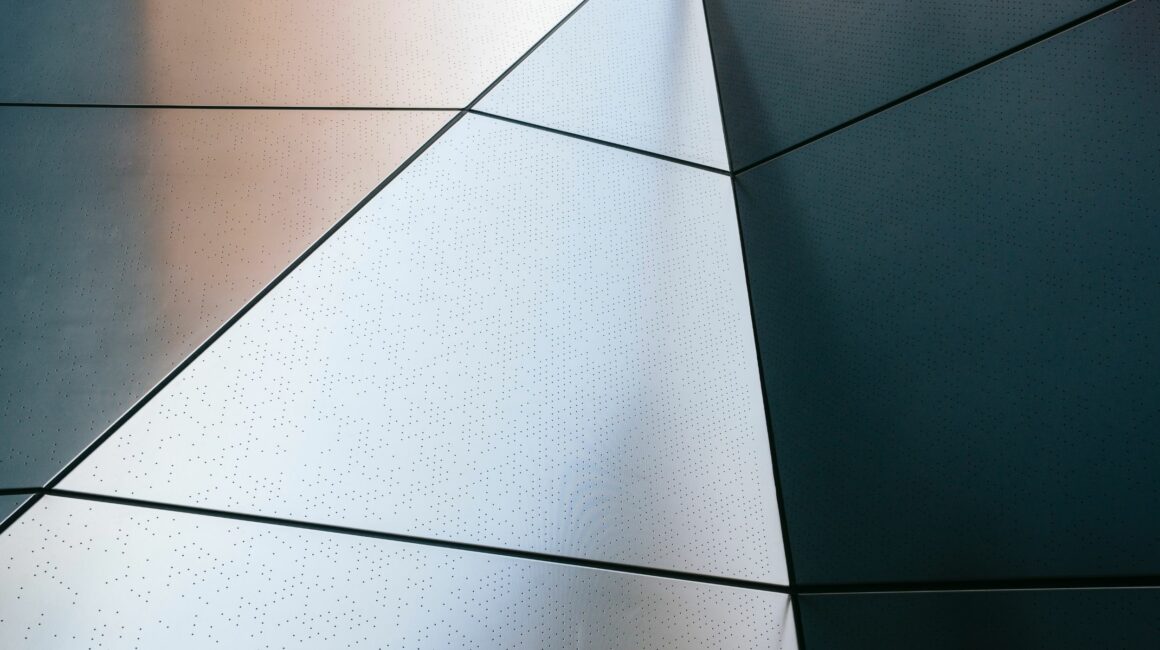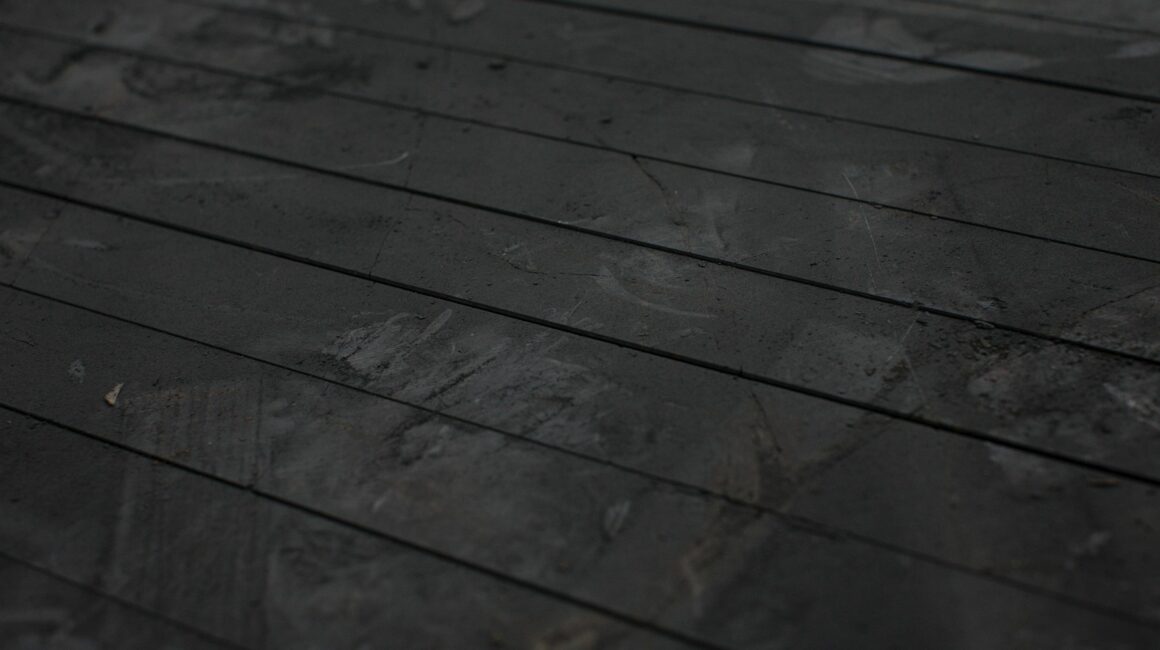Consumer Goods
The opportunity to pursue sustainable outcomes reaches into every aspect of our daily lives down to a material level. New frontiers in advanced materials have opened green opportunities in everything from big industries to consumer goods.

Stronger, lighter, greener
Discovered in 2004 and the subject of the 2010 Nobel Prize in Physics, graphene is the lightest, thinnest, strongest material known to man, as well as the best conductor of heat and electricity ever discovered.
The many and varied applications of graphene in consumer products are only now beginning to be realised. Institutions such as the University of Cambridge and the University of Manchester are conducting research into applications of graphene that will affect the lives of millions of people. Graphene is in essence an enabling material that in the form of powder or liquid dispersion, can be added to a vast range of materials to make them stronger, lighter, faster, or more functional (having new properties).
This can decrease the amounts of materials needed, lowering their carbon footprint and making products greener. But graphene’s unique properties are proving exciting in adding functionality to exisiting materials in new ways, such as concrete roads charging batteries as you drive, textiles that can act like copper wires, or making plastic more impermeable to gases and liquids.
This has profound implications for day-to-day consumer products, such as food and pharmaceutical packaging. By stopping the transfer of water and oxygen, food and perishable goods can be kept fresh for longer. These membranes also reduce the need for plastic packaging, allowing for innovations such as paper-based containers and bottles which do not leak.


